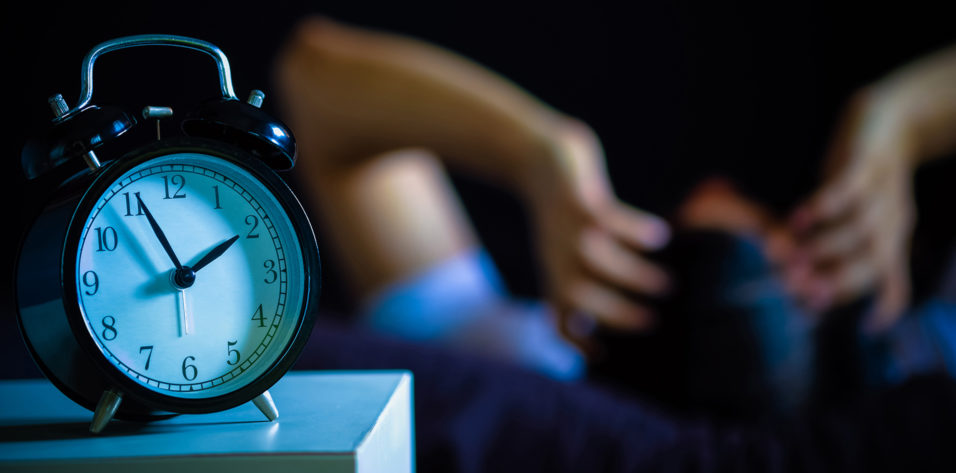
In February, I wrote an editorial about what keeps me awake at night and my worries about COVID-19, which was published in the March issue of CRST Europe. Now, just 4 months on, many of us in Europe areexperiencing relief at the easing of lockdown regulations and, speaking at least for myself, pleased to be getting back to work again and further pleased by the bounce-back that our locations outside of London are experiencing. London has not been good, not just for us but foreveryone—overallcommercial activity is at only 20% of the usual level. Patients areunwilling to take public transportation, and the increase in congestion charge by the Mayor of London further reduced incentive to enter the city. It will be interesting to see what happens this month with further easing of thelockdown; hopefully, an increase in activity without a spike inCOVID-19 cases.
Some countries such as Spain and the United Kingdom are using the whack-a-mole approach: increasing restrictions only where there are spikes in activity. This is probably a good strategy that needs a good track-and-trace system, except, to truly quarantine, a period of 40 days is the minimum—the term quarantine is derived from the 15th century Venetian term quarentena, which translates to 40 days.
Looking at the immediate historical rates of COVID-19 infection and the time it took for a response to be measured, a period of at least 6 weeks is about right. A second lockdown, necessary as it might one day be, would be economically devastating, but less so than if the virus were allowed to run rampant. Couple secondary spikes with what we now know about the potential long-term effects in those who have been badly infected by the virus, and this whole business of reopening gets to be a little frightening.
There are many ongoing discussions about the economy and the devastation the pandemic is going to bring and, thus, the need to get back to work or school. We in Europe look at the United States with horror and dismay due to the rate of spread and understand the variety of reasons for the huge wave of deaths in the country. In many countries, including the United Kingdom, politicians have been caught like rabbits in the headlights, assisted by medical experts in this unprecedented time in which there is a lot of conjecture and speculation about how to proceed. Thankfully, we have seen a considerable drop in overall prevalence and deaths; however, the drop is leveling and even increasing again in some countries.
In the meantime, we must also acknowledge the selfless and heroic health care personnel (including ophthalmologists) who are sadly getting sick and dying of the illness. So much remains unclear about the disease and how it affects some individuals considerably more than others. For now, all we can do is look forward with optimism to a breakthrough or to a multitude of vaccines becoming available in the coming year. Until then, though, we must all remain vigilant, practice safely, and, frankly, concentrate on staying alive. Conferences, I expect, will not happen for at least the next 9 to 12 months, and it looks like vacations abroad will just have to wait.
COVID-19 still keeps me awake at night, and I expect it will continue to do so for some time to come. Please stay safe, physically distance, wash hands, and wear a mask!


